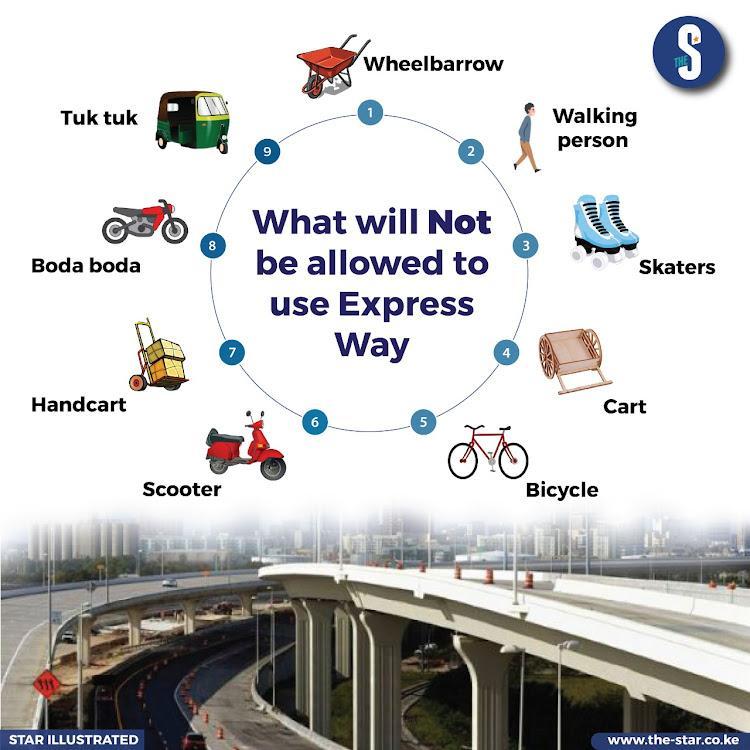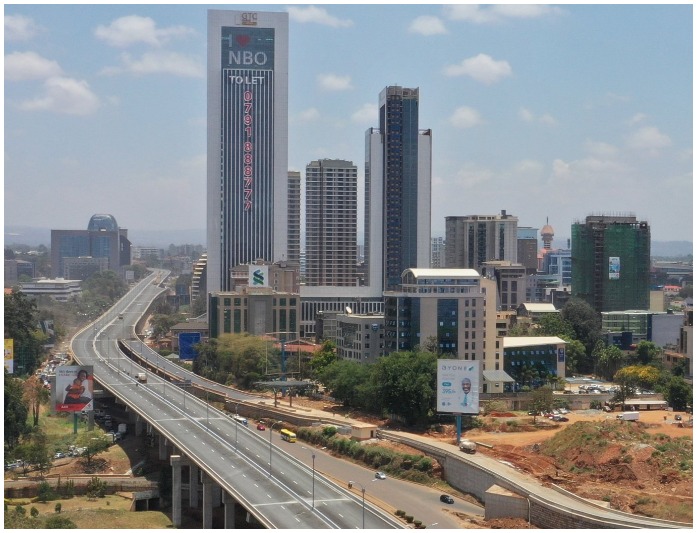Nairobi Expressway has gained some notoriety in the press after it emerged that most transport that poor people use will not be allowed on the 27-kilometer road project.
The Ksh12.5 billion road project which runs from Mlolongo to to Waiyaki Way has been under construction since 2020.
Nairobi Expressway is being built by China Roads and Bridges Corporation (CRBC) under the public-private partnership (PPP) model.
CRBC will operate the road for a period of 27 years to recoup the money spent on its construction before handing it over to Kenya.
The highway is termed “toll road” because motorists will be required to pay a a given amount of fee to be allowed to enjoy the services of the highway.
Once open for use, motorists using will be expected to pay between Ksh100 and Ksh1,550 in toll charges, depending on the size of the vehicle and the distance covered. The charges will be dollar-based to cushion the Chinese operator from exchange rate losses.
Section of Kenyans christened Nairobi Expressway ‘road for the rich’ after toll charges were announced. Some argue motorists will avoid using the 27km road because of the charges.
In a new development, Nairobi Expressway is truly living to its name ‘road for the rich’ after it emerged that nine motorized and non-motorized transport associated with the poor have been banned from the toll road.
Tuk tuk, boda boda riders, scooters, bicycle, handcart, carts, skaters, people walking and wheelbarrows have all been banned from Nairobi Expressway.

Even though the ban sounds harsh to the poor, the move is aimed at ensuring fast flow of traffic with minimal congestion and accidents.


